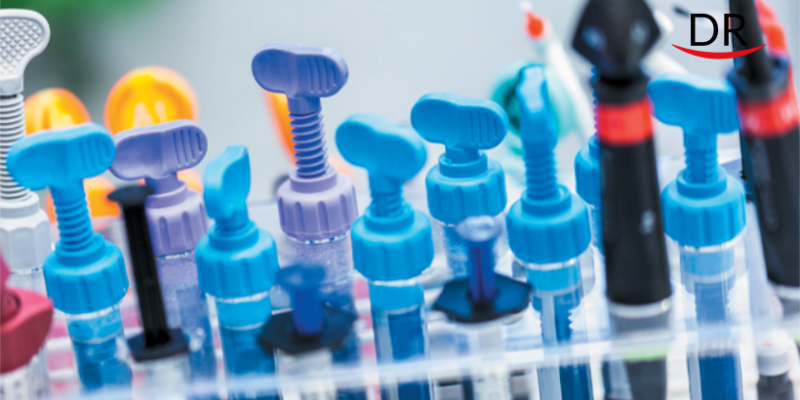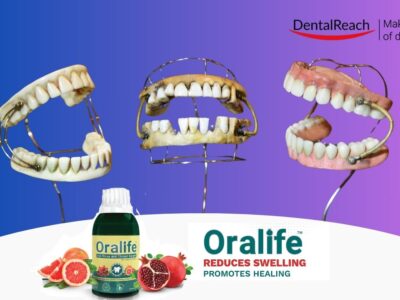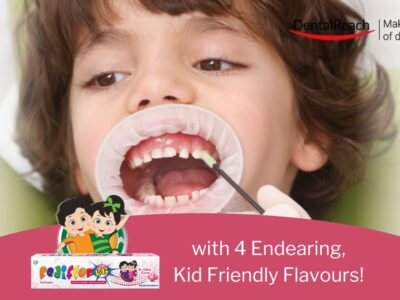Author :
Dr Babusha Chauhan, BDS, Meerut, India
Abstract-
This study 1 was conducted to prepare a dental composite material with antibacterial activity. This type of filling material will help in caries reduction along with reduced biofilm formation. Strength of the material was maintained along with flexural properties. The prepared material show significant antibacterial activities along with strength maintenance.
Aims & Objectives
The aim of this study 1 was to make a dental composite material having anti bacterial activities in it. For this montmorillonite (MMT) was loaded with chlorhexidine (CHX). To develop this small amount of MMT/CHX was added to a matrix of Bisphenol A hydroxy-methacryloxypropyl ether (BisGMA) / Triethyleneglycol Dimethacrylate (TEGDMA). This study was done to assess the drug discharge capacity of MMT 2.
Methods
BisGMA/TEGDMA are mixed in equal proportion by weight to form the experimental organic matrix. The formed composite constitutes montmorillonite with or without chlorhexidine. The concentrations were maintained at 2.5%, 5% and 10% by weight. Fourier-Transform Infrared Spectroscopy (FTIR) analysis method was used to analyze degree of conversion (peak 6165 cm-1; n = 5). Three point bending test was performed to evaluate Elastic Modulus (E) and flexural properties(n=10). Inhibition test was performed against some bacteria (Staphylococcus aureus, Streptococcus mutans, and Porphyromonas gingivalis) with n=5 of each bacteria to check anti-bacterial activities. In culture media of Streptococcus mutans (n=10) a disc of composite was inserted to check the biofilm formation (BF) inhibition. Clorhexidine release was analyzed by ultraviolet (255nm) which was performed for 10 days (n=5). Mann–Whitney method was performed to evaluate degree of conversion. (n- sample size)
Results
Degree of conversion extended in between 71% to 74 %. Elastic modulus ranged in between 5.7 to 8.1 GPa. Flexural strength lies in between 61.4 to 74.7 MPa. Composite with concentration of 2.5% was not able hinder the growth of P. gingivalis, rest all bacterial growth got inhibited in all concentrations. All groups showed reduced biofilm formation. All composites showed effective chlorhexidine release.
Conclusions
From the above study it was concluded that: all formed composites were able to release chlorhexidine and hence showed a reduction in biofilm formation. All formed composites showed antibacterial properties against Staphylococcus aureus, Streptococcus mutans, and Porphyromonas gingivalis except for the one with concentration of 2.5%, which was unable to inhibit the growth of P. gingivalis.
References –
1. Boaro LCC, Campos LM et al. Antibacterial resin-based composite containing chlorhexidine for dental applications.Dent Mater. 2019 Jun;35(6):909-918.
2. Campos, Luiza et al . Chlorhexidine Loaded MMT As Dental Composite Filler : Release Evaluation . Matéria, Rio de Janeiro, 2016.
Contact details- babusha.chauhan@gmail.com
Disclaimer – The guest author has simplified the content written in original article for easy readability. The intentions, views, opinions and accountability of this article are that of the author alone and does not necessarily reflect the official policy of DentalReach.




















Comments